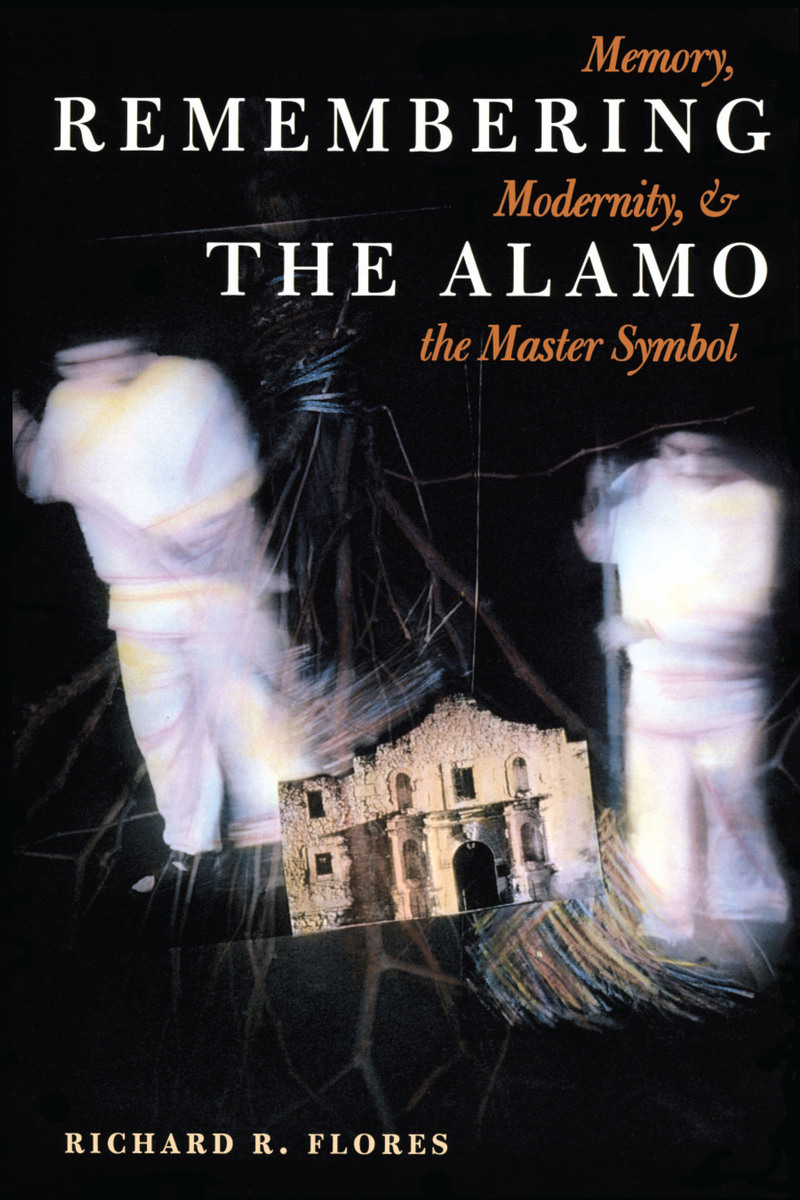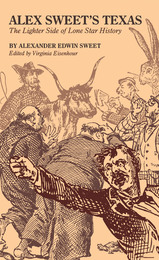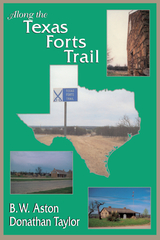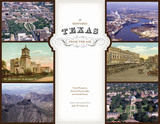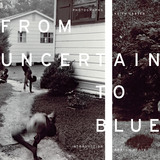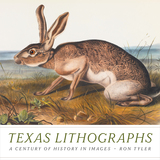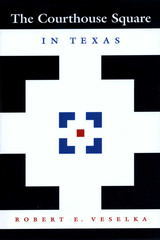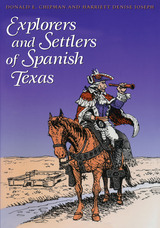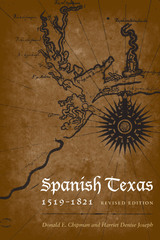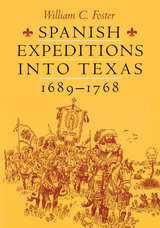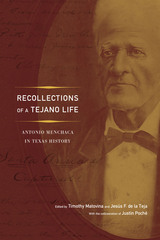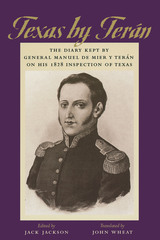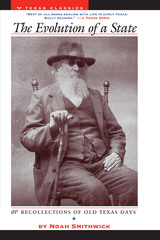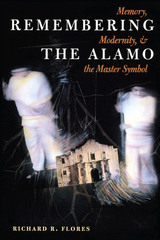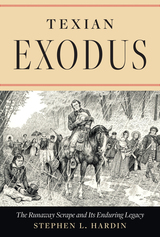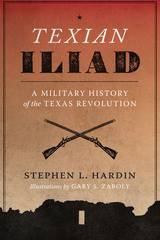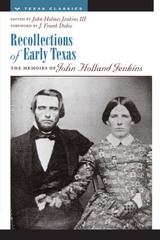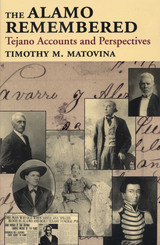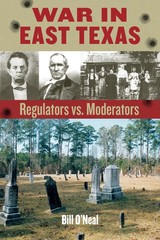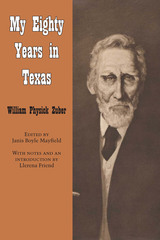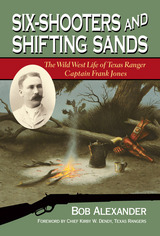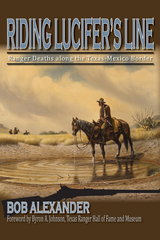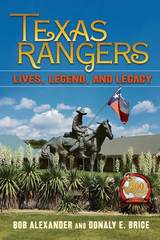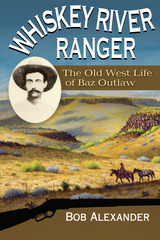Cloth: 978-0-292-72539-3 | Paper: 978-0-292-72540-9 | eISBN: 978-0-292-78196-2 (ePub) | eISBN: 978-0-292-79647-8 (PDF)
Library of Congress Classification F390.F58 2002
Dewey Decimal Classification 976.403
"Remember the Alamo!" reverberates through Texas history and culture, but what exactly are we remembering? Over nearly two centuries, the Mexican victory over an outnumbered band of Alamo defenders has been transformed into an American victory for the love of liberty. Why did the historical battle of 1836 undergo this metamorphosis in memory and mythology to become such a potent master symbol in Texan and American culture?
In this probing book, Richard Flores seeks to answer that question by examining how the Alamo's transformation into an American cultural icon helped to shape social, economic, and political relations between Anglo and Mexican Texans from the late nineteenth to the mid-twentieth centuries. In the first part of the book, he looks at how the attempts of heritage society members and political leaders to define the Alamo as a place have reflected struggles within Texas society over the place and status of Anglos and Mexicans. In the second part, he explores how Alamo movies and the transformation of Davy Crockett into an Alamo hero/martyr have advanced deeply racialized, ambiguous, and even invented understandings of the past.
See other books on: 1846-1950 | Modernity | Symbolism | White people | Whites
See other titles from University of Texas Press
